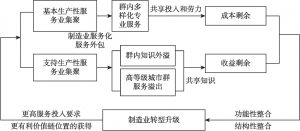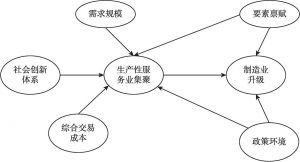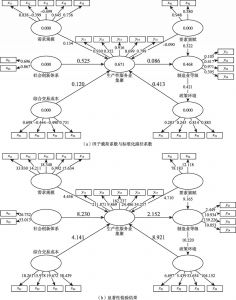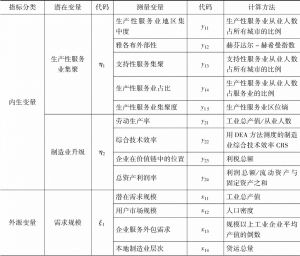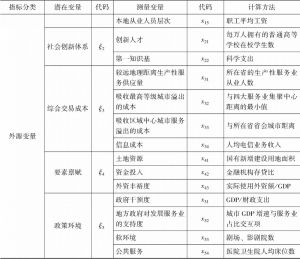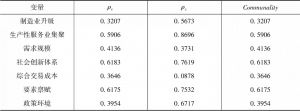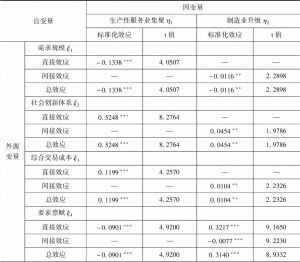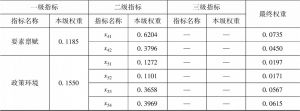章节
生产性服务业集聚与制造业升级:耦合机理与影响路径
摘要
依托生产性服务业集聚区带动中国制造业在全球价值链治理体系下向中高端跃升,对于中国制造业由生产型制造向服务型制造转型具有重要意义,然而已有研究对于生产性服务业集聚作用于制造业升级的内在机制和影响路径一直未能破解。通过对成本剩余和收益剩余的分析,本文提出了一个外部因素通过生产性服务业集聚作用于制造业升级的理论框架,并创新性地使用基于偏最小二乘估计的结构方程模型(PLS-SEM)及2005~2013年中国地级以上城市样本数据,对生产性服务业集聚与制造业耦合过程中外部因素的传导机制进行了实证检验。研究结果证实了生产性服务业集聚特别是支持性服务业集聚与制造业升级之间高度关联、融合促进的内在联系;社会创新体系、综合交易成本、需求规模通过生产性服务业集聚间接作用于制造业升级,要素禀赋与政策环境也会对制造业升级产生正向的直接影响。依托生产性服务业集聚推动制造业升级,应从加快构建面向先进制造业的生产性服务平台入手,积极推动生产性服务业集聚;引导制造企业剥离生产性服务业,推动制造业服务化进程;依托区域中心城市发展生产性服务业,加快形成以“生产性服务业-制造业”为内涵的新核心-边缘结构;促进生产性服务业集聚同制造企业的紧密联系以及同第一知识基的有效对接,减少行政管制、降低准入门槛。
作者
刘奕 ,中国社会科学院财经战略研究院服务经济与互联网发展研究室主任、研究员,主要研究方向为服务经济理论与政策。
夏杰长 ,1964年出生于湖南新宁,经济学博士。中国社会科学院财经战略研究院副院长、研究员;中国社会科学院大学商学院副院长、教授、博士生导师。兼任国家发展和改革委员会第一届、第二届服务业专家咨询委员会主任委员、中国市场学会会长和中国工业经济学会副理事长。主要研究领域为服务经济、产业发展和旅游管理。主持了多个国家社会科学基金重大和重点项目。主持了国家发展和改革委员会“十一五”“十二五”“十三五”服务业发展规划研究工作。在《经济研究》《管理世界》《世界经济》《中国工业经济》《财贸经济》《学术月刊》等期刊发表学术论文100多篇。多部论著和多篇研究报告获得省部级奖励。
李垚 ,西安财经大学经济学院讲师,主要研究方向为区域经济和产业发展。
检索正文关键字
章节目录
- 一 问题提出
- 二 理论分析
-
三 模型拟合与结果分析
- (一)研究样本与变量说明
- (二)研究方法及数据处理
- 1.PLS-SEM估计程序
- 2.潜变量估计方法
- (三)模型拟合结果
- (四)具体结论
- (五)指标权重计算
- 四 结论与政策启示
相关文献
查看更多>>>


